Do the Spurs really want to choose Harper? They want to allocate 4 non-space points for the Wenpai class?
2:04am, 12 June 2025Basketball
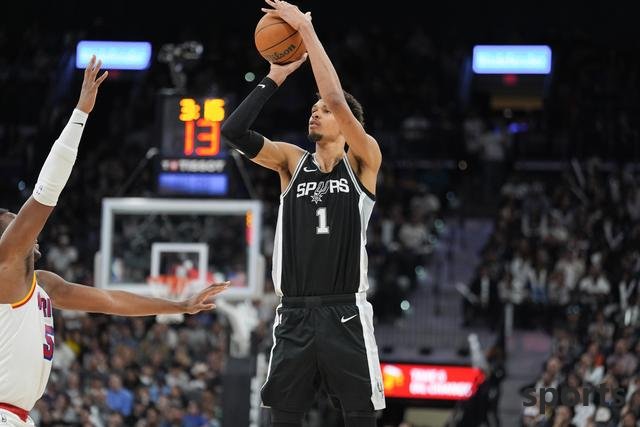
Translator's note: This article was originally published from Yahoo, and the author is Kevin O 'Connor. The data in the article are as of the original article as of June 10th local time. The views in the article have nothing to do with the translator and the platform.
Why are all the attentions of the 2025 NBA Draft focusing on Victor Wenbanyama, the Spurs and the No. 2 pick?
Victor Wenbanyama is a 7-foot-5-inch (about 226 cm) "field alien". He can change the game on both ends of the offense and defense, perhaps the best No. 1 pick since LeBron James. The San Antonio Spurs have only one mission: Don't mess it up. The blueprint for modern team building is very clear: open up space, speed up the pace, and equip the stars with pitchers and decision-making points. However, the Spurs seemed to go back to 2005, and were planning to pile up three ball holders with doubtful shooting ability.
Last year, San Antonio selected Rookie of the Year Stephen Castle. On the trading deadline, they exchanged for Fox. Now, they are expected to take Dylan Harper with a No. 2 draw in the 2025 NBA Draft - the 6-foot-5 (about 196 cm) left-handed player who is good at holding the ball to create opportunities. This means they may have added three offensive creators in just 12 months who lack the ability to stabilise jump shots. The Spurs' team building ideas are obvious: equip Wenban Yama with organizers so that he does not have to take on all tasks alone. But in today's NBA, we must not only consider who can create opportunities, but also who can open up space. This draft decision will define the future direction of the Spurs - either clarify the team's positioning or blur the status quo.
San Antonio's current situation
Fox has not grown into a good shooter in his eight-year NBA career. His 3-point shooting average has increased from 1.1 games in the first two years of his career to 3.2 in the past two seasons, but his shooting percentage has been stagnant: it was 35.5% before, but now it is 35.2%, still below the 37.2% league average.
is not only a long shot, but from mid-range to free throw line, Fox's performance has been getting better and worse. These flaws make the Spurs' signing risky. But considering the cost of sacrificing assets, the deal is still worth it. After all, an All-Star player who is willing to play for the Spurs is hard to come by.
However, Fox's early results in the Spurs were not ideal. In the 210 minutes of playing together, Castle and Fox lost 10.5 points per 100 possessions. In the 33 minutes they were on the court with Vinban Yama, the net negative score reached 12.3 points. Although the sample size is small, these data are already ugly before Fox ends the season early with left-hand tendon surgery. Still, Fox's arrival did relieve Castle's pressure as a full-time point guard.

As far as Castle is concerned, he has had an excellent rookie season. He showed the Swiss Army knife-like versatility promised by scouts - defense, empty cuts, selfless passes, and overall, like the new generation of Andre Iguodala in the NBA. Castle demonstrates the potential to organize the offense and can contribute without having to hold the ball a lot. But his three-point shooting percentage is only 28.5%, which is exactly the same as his college numbers.
Although Castle is only 20 years old, shooting has always been the main hidden danger to his future development. If he can’t be a reliable pitcher in his career, it may become more difficult for him to get playing time when the Spurs have more options for holding the ball.
Harper's shooting posture looks OK, and he is full of confidence. As a freshman at Rutgers University, his 3-point shooting percentage reached 36.8%, which is not too bad. But his other data metrics are full of warning signals, not like the performance of a reliable shooter. A closer look at Harper's three-point miss at Rutgers will reveal more concerns.
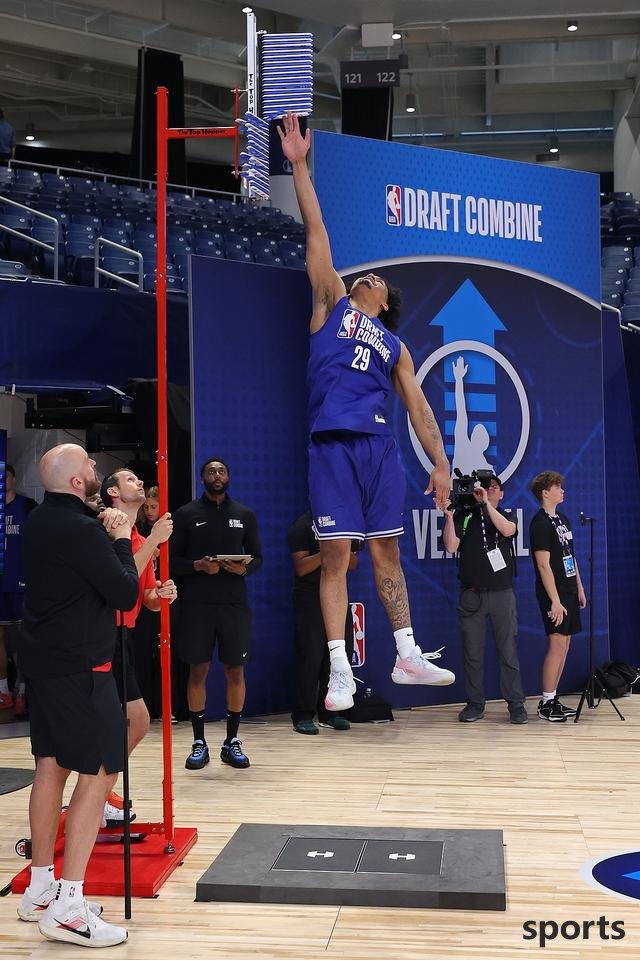
I watched all 104 three-point misses at Rutgers and found that his shooting deviation was not simply short or long, but in all directions. In dribbling jump shots, 26.5% of the shots were short, and 14.7% were either three-no or blocked, indicating that he had problems with rhythm, unstable lower limb strength and low shooting points. When catching the ball and shooting, 22.2% of the misses were on the left and 19.4% were on the right. Even the cleanest phones would have problems with instability in the direction. Overall, 24 of the 104 misses hit the rebound, three-pointers, and blocked, with nearly one-third of the shots on the left or right. Apparently, Harper is still looking for his shot feel. The Spurs can bet that he will steadily improve, but if so, it is more of a hope than a plan.
Reasons for choosing Harper
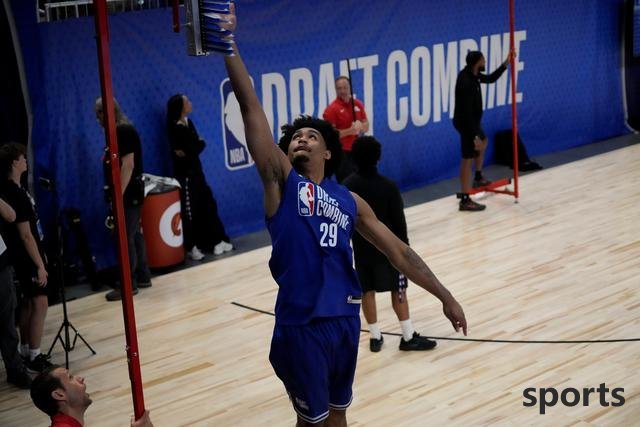
Harper's appeal lies in his dominance in the penalty area when he was at Rutgers University - the ending percentage at the basket is as high as 67.5%. He doesn't have lightning speed, but his dribble rhythm is weird and varied, and every move lays the foundation for the next breakthrough. His skills in dismantling pick-and-rolls and mobilizing defenders make him look more like an NBA veteran than a 19-year-old rookie.
And he doesn't need a pick-and-roll to break into the penalty area. With his strong physique and excellent physical control, Harper can rush to the basket as he pleases. Although the defenders knew he was going to break through – 47.4% of the shots came from the penalty area – he still couldn't stop him. During the breakthrough process, although his passes did not reach the genius level, they were calm and accurate, and it was difficult to disrupt the rhythm. Although Harper's offensive moves are very difficult, he rarely makes mistakes. He is able to complete various passes on the court, and his stadium perception should continue to improve over time.
Harper compared himself to Cad Cningham, which makes sense because they are tall guards with comprehensive offensive skills and defensive diversity. Like Cunningham, Harper at least looks like a future starter and may even go a step further. But there is one difference: Cningham joined a team that cleared his obstacles as the No. 1 pick, while San Antonio already has Castle, Fox and Vinban Yama, without any extra "runway". But Harper's path to the star will likely require space, ball rights and the group of shooters around him, rather than a crowded paint area.
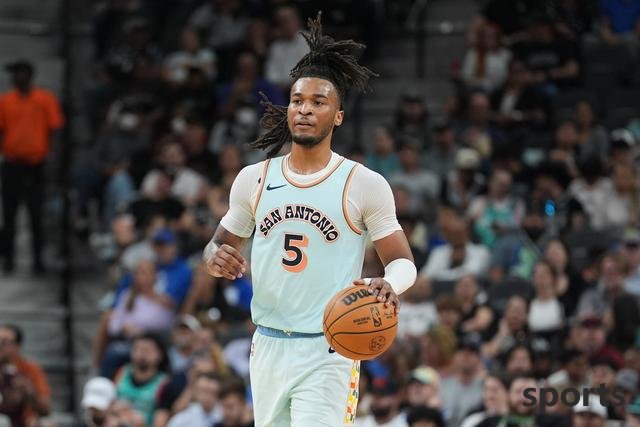
This is the contradiction. Harper's talent is enough to support the team in choosing him, but his adaptability makes this choice risky.
If San Antonio chooses him, he is actually replicating the team building model of the Thunder and Pacers - with multiple organizers and position flexibility. But the reason those teams succeed is that they equip the stars with players who can shoot, break through or handle the ball quickly to keep the defenders in check. And their stars can adapt to this style of play. And the Spurs' potential outside trio cannot meet all these conditions. They are more of a breakthrough player than a player who opens up space. All three players are not enough to deter their opponents when they are not on the ball, and they also have corresponding problems when they hold the ball.
Thunders and Pacers prove that shooting ability can be practiced. Halliburton's first overall pick in the draft due to shooting posture issues, but now he can hit the finale in the NBA Finals. Andrew Nemhard was an unscrupulous shooter when he first entered the league and is now shooting close to 50% of his three-point shooting percentage in the playoffs. In the Thunder, Alexander, Jaylen Williams, Dortmund and almost the entire lineup are improving.
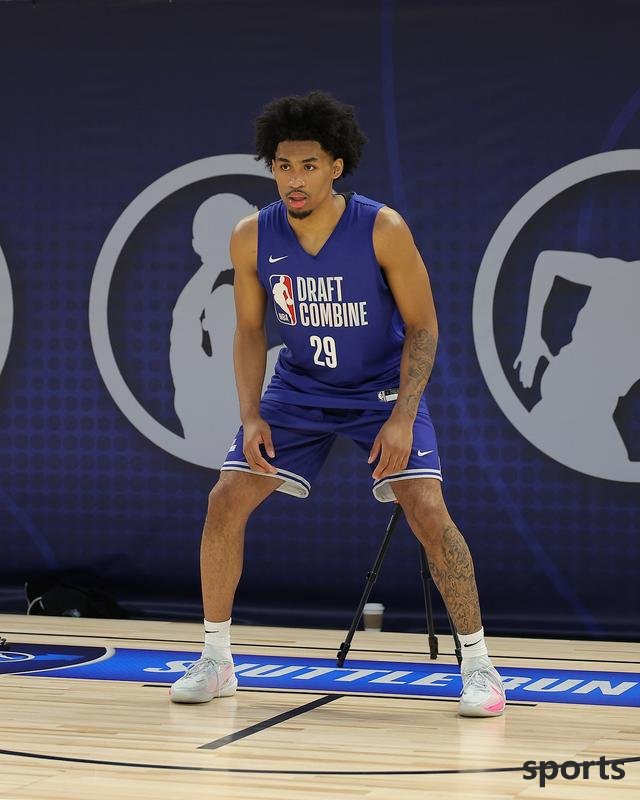
Of course, this would be helpful if you could hire Chip England. In 2022, the Thunder poached the NBA's most respected shooting coach after playing for the Spurs for nearly two decades. Since then, their shooting levels have been improving, while the Spurs’ shooting levels have stagnated. Jeremy Sohan's shot is still as suspicious as he was at Baylor. Kelden Johnson's shooting performance has declined. Devin Vassell's shooting moves smoothly and softly, but his three-point shooting percentage never exceeded 40%. The Spurs were once the golden benchmark for player skills development in the league. But now, except for Wenban Yama himself, no one's shooting level is changing. However, in the two seasons of Vinban Yama, the Spurs ranked 28th and 20th in the league in three-point shooting percentage respectively.
With three unstable defenders on jump shots, is it really the best way for the Spurs to optimize Vinban Yama's performance? Is this really the best choice to have unstable jump shots from the team, letting the team's second, third and fourth best players have unstable jump shots? Because this is not only about the overlapping skills of the backcourt, but also about how they affect this epoch-making player who should have been assisted by them.
Wenban Yama's adaptability
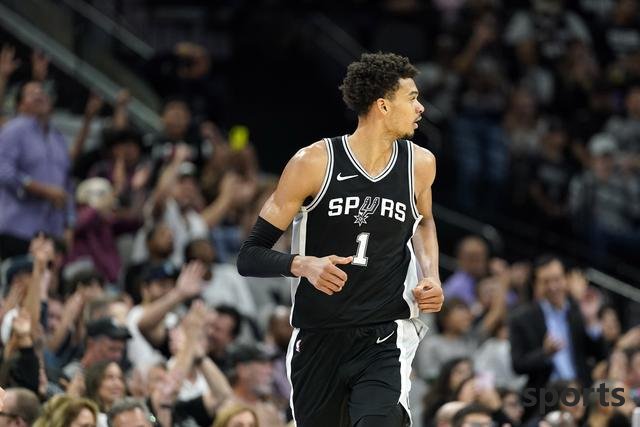
We have not seen the scene where Venban Yama is surrounded by four pitchers, and we have not even seen him performing a two-player tactic with a qualified pick-and-roll partner. For example, high pick-and-roll, quick empty cuts, dribble hand-hands, etc., these can fully utilize his passing ability and make everyone's game easier.
Wenbanya averaged only 4.8 hand-passing passes per game last season. By comparison, Domantas Sabonis leads the league with 21.1 times per game, rookie Alex Saar has 8.1 times, and even Vampanyama's substitute Zach Collins has 4.9 times, which is simply outrageous. Yes, Vinban Yama is often a catcher who passes the ball hand, but with his vision, shooting and possession, in a system that provides him with space for operation, he should have been more of the initiator of tactics like this. The whole significance of adding offensive creators is to create easy scoring opportunities for Vanban Yama in the penalty area, which is not surprising: Vanban Yama had a shooting percentage of 79% at the basket last season, and he was a "cheating code" in the penalty area. But he averaged only 3.2 shots in the restricted area, which is the same as Markkanin, Hachimura and Kumingga's shots. Do you know who else takes more action? Jeremy Sohan. Yes, Sohan averaged 5.1 shots at the basket per game, more than Wenban Yama. What exactly are we doing? The problem is obvious: there is no space under the basket. Sohan cannot shoot (29% career three-point shooting percentage), and other outside players are not much better. Therefore, although Vinban Yama's offense at the basket is a more efficient choice, in order to make the offense smooth, he had to take on more outside shooting roles. The Spurs added offensive creators, but did not add room to open a breakthrough route for Vinban Yama.
Related Posts
- Jokic missed the fourth MVP and caused heated discussion! Many US media have complained about him and called him robbed by Alexander
- From being on the verge of retirement, the five major NBA regulars, to winning 3 championships and 1 gold medal! Another lucky person in the NBA!
- Entering the NBA at the age of 22, with averaging only 3+1+2 per game. He was asserted that he could not play in the NBA but was reborn at the age of 30.
- NBA: League investigation card, Nets sign two contracts, Mavericks give 90 million to renew
- Joko Aika shares the first level! US media announces the NBA scoreback viewing list: McGrady ranks second level
- I finally found my state when I was on the verge of elimination, but the Warriors backcourt star s state came too late
- Atai: Some people laugh at what I did in my career but it is not worth mentioning compared to peace
- Agent Falk: If Jordan had chosen to form a team and join the team back then, the number of champions would have been three times that of James.
- Set a new high! Draft Room predicts that Yang Hansen will be selected by the Nets in the 27th pick in the first round
